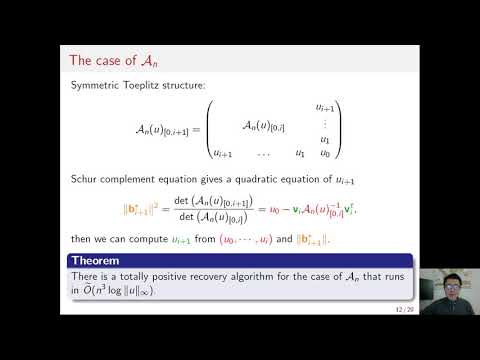Welcome to the resource topic for 2019/1180
Title:
Key Recovery from Gram-Schmidt Norm Leakage in Hash-and-Sign Signatures over NTRU Lattices
Authors: Pierre-Alain Fouque, Paul Kirchner, Mehdi Tibouchi, Alexandre Wallet, Yang Yu
Abstract:In this paper, we initiate the study of side-channel leakage in hash-and-sign lattice-based signatures, with particular emphasis on the two efficient implementations of the original GPV lattice-trapdoor paradigm for signatures, namely NIST second-round candidate Falcon and its simpler predecessor DLP. Both of these schemes implement the GPV signature scheme over NTRU lattices, achieving great speed-ups over the general lattice case. Our results are mainly threefold. First, we identify a specific source of side-channel leakage in most implementations of those schemes. Signing in lattice-based hash-and-sign schemes involves sampling a lattice point according to a Gaussian distribution. This reduces to sampling several one-dimensional discrete Gaussian distributions with standard deviations determined by the Gram–Schmidt norms of the secret lattice basis. Our observation is that those norms often leak through timing side-channels in the implementation of the one-dimensional Gaussian samplers. Second, we elucidate the link between this leakage and the secret key, by showing that the entire secret key can be efficiently reconstructed solely from those Gram–Schmidt norms. The result makes heavy use of the algebraic structure of the corresponding schemes, which work over a power-of-two cyclotomic field. To establish it, we propose efficient algorithms of independent interest which, given the leading principal minors of the matrix associated to a totally positive field element (in the power basis for DLP and the bit-reversed order basis for Falcon) recover the element up to conjugation. In the case of those schemes, that element is f\bar f + g\bar g, where (f,g) is the NTRU-style secret key. We then show that this element combined with the verification key suffices to recover the entire secret efficiently. Third, we concretely demonstrate the side-channel attack against DLP. The challenge is that timing information only provides an approximation of the Gram–Schmidt norms (with an accuracy increasing with the number of traces), and our algebraic recovery technique needs to be combined with pruned tree search in order to apply it to approximated values. Experimentally, we show that around 2^{35} DLP traces are enough to reconstruct the entire key with good probability. Carrying out a similar experiment against Falcon is left as an open problem, however, since the recursive nature of our bit-reversed order recovery algorithm does not accommodate approximate inputs easily. Nevertheless, our results do underscore the importance of constant time implementations particularly for schemes using Gaussian sampling.
ePrint: https://eprint.iacr.org/2019/1180
Talk: https://www.youtube.com/watch?v=R8eNGzHZqbg
See all topics related to this paper.
Feel free to post resources that are related to this paper below.
Example resources include: implementations, explanation materials, talks, slides, links to previous discussions on other websites.
For more information, see the rules for Resource Topics .
